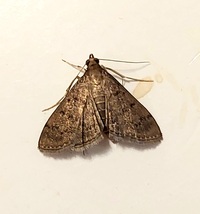
| Recorded by: Mark Basinger on 2025-11-25
Brunswick Co.
Comment: | 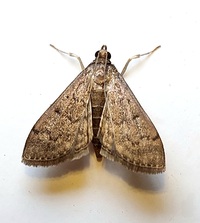
| Recorded by: Mark Basinger on 2025-11-15
Brunswick Co.
Comment: |

| Recorded by: Mark Basinger on 2025-11-07
Brunswick Co.
Comment: | 
| Recorded by: Tony McBride, Jim Petranka and Becky Elkin on 2025-10-28
Carteret Co.
Comment: |
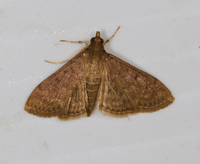
| Recorded by: Tony McBride, Jim Petranka and Becky Elkin on 2025-10-28
Carteret Co.
Comment: | 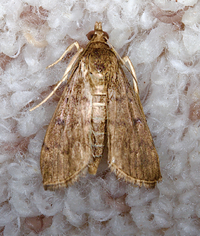
| Recorded by: Tony McBride, Jim Petranka and Becky Elkin on 2025-10-27
Carteret Co.
Comment: |
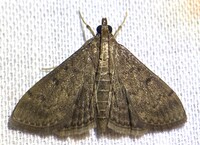
| Recorded by: Dean Furbish on 2025-10-23
Pender Co.
Comment: | 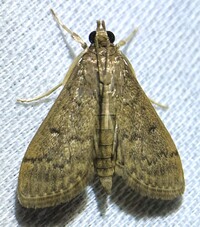
| Recorded by: Dean Furbish on 2025-10-22
Pender Co.
Comment: |
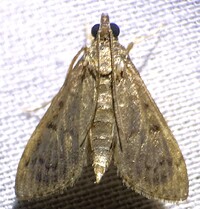
| Recorded by: Dean Furbish on 2025-10-19
Pender Co.
Comment: | 
| Recorded by: G. Newman on 2025-10-14
Onslow Co.
Comment: |

| Recorded by: Mark Basinger on 2025-09-27
Brunswick Co.
Comment: | 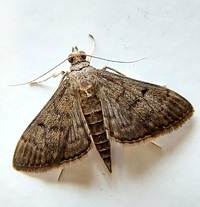
| Recorded by: Mark Basinger on 2025-09-06
Brunswick Co.
Comment: |

| Recorded by: Jeff Niznik on 2024-11-18
Orange Co.
Comment: | 
| Recorded by: Dean Furbish on 2024-11-11
Wake Co.
Comment: |
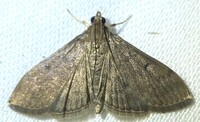
| Recorded by: Dean Furbish and Joy Wiggins on 2024-11-01
Pender Co.
Comment: | 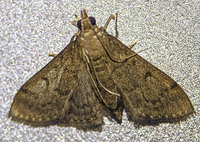
| Recorded by: Dean Furbish and Joy Wiggins on 2024-10-31
Pender Co.
Comment: |
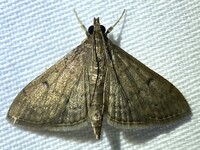
| Recorded by: Dean Furbish and Joy Wiggins on 2024-10-30
Pender Co.
Comment: | 
| Recorded by: Dean Furbish and Joy Wiggins on 2024-10-29
Pender Co.
Comment: |

| Recorded by: David George, Randy Newman on 2024-10-28
Carteret Co.
Comment: | 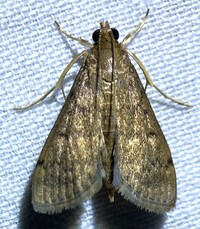
| Recorded by: Dean Furbish and Joy Wiggins on 2024-10-28
Pender Co.
Comment: |

| Recorded by: Mark Basinger on 2024-10-19
Brunswick Co.
Comment: | 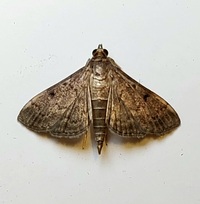
| Recorded by: Mark Basinger on 2024-10-05
Brunswick Co.
Comment: |
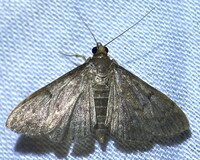
| Recorded by: Dean Furbish on 2024-09-23
Wake Co.
Comment: | 
| Recorded by: Mark Basinger on 2024-09-14
Brunswick Co.
Comment: |

| Recorded by: R. Newman on 2024-09-11
Carteret Co.
Comment: | 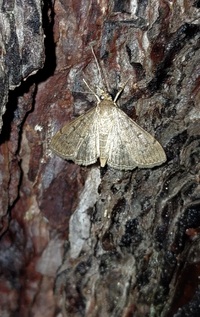
| Recorded by: Mark Basinger on 2023-11-22
Brunswick Co.
Comment: |

| Recorded by: Mark Shields on 2023-11-17
Onslow Co.
Comment: | 
| Recorded by: Dean Furbish and Joy Wiggins on 2023-10-25
Pender Co.
Comment: |

| Recorded by: Mark Basinger on 2023-10-07
Brunswick Co.
Comment: | 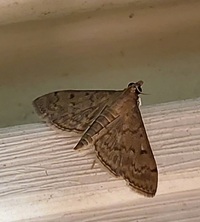
| Recorded by: Mark Basinger on 2023-10-06
Brunswick Co.
Comment: |
|

 »
»





























